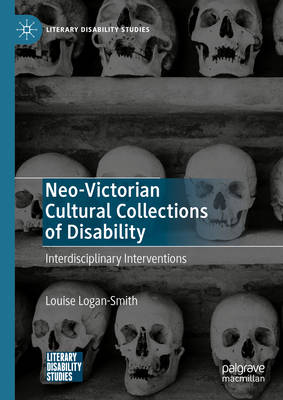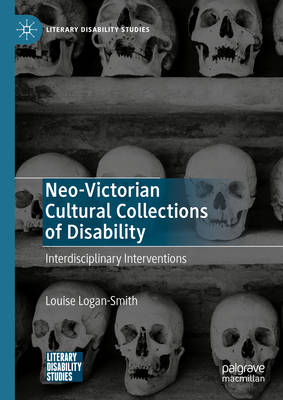
- Afhalen na 1 uur in een winkel met voorraad
- Gratis thuislevering in België vanaf € 30
- Ruim aanbod met 7 miljoen producten
- Afhalen na 1 uur in een winkel met voorraad
- Gratis thuislevering in België vanaf € 30
- Ruim aanbod met 7 miljoen producten
Zoeken
€ 176,45
+ 352 punten
Omschrijving
This book offers new readings and interpretations of the non-normative narratives of 'freak show' performers in the Victorian period as they have been reimagined by contemporary fictions, museum exhibitions and other aspects of the heritage experience. The growth of scholarly interest in institutional histories has been mapped by a surge of neo-Victorian fiction about historical performers with disabilities, supported by scholarship in response to these representations. This study offers the first extensive analysis of the continued display of the bodies and artefacts of historical figures linked to the freak show, and the significant theoretical connections between these displays and broader cultural and fictional representations. It argues that museum displays, archives and fictional adaptations intersect through a much more complex and intriguing dialogue than has previously been identified, shedding light on the way in which historical disability functions in the twenty-first century.
Specificaties
Betrokkenen
- Auteur(s):
- Uitgeverij:
Inhoud
- Aantal bladzijden:
- 207
- Taal:
- Engels
- Reeks:
Eigenschappen
- Productcode (EAN):
- 9783031760914
- Verschijningsdatum:
- 25/12/2024
- Uitvoering:
- Hardcover
- Formaat:
- Genaaid
- Afmetingen:
- 157 mm x 211 mm
- Gewicht:
- 403 g

Alleen bij Standaard Boekhandel
+ 352 punten op je klantenkaart van Standaard Boekhandel
Beoordelingen
We publiceren alleen reviews die voldoen aan de voorwaarden voor reviews. Bekijk onze voorwaarden voor reviews.








